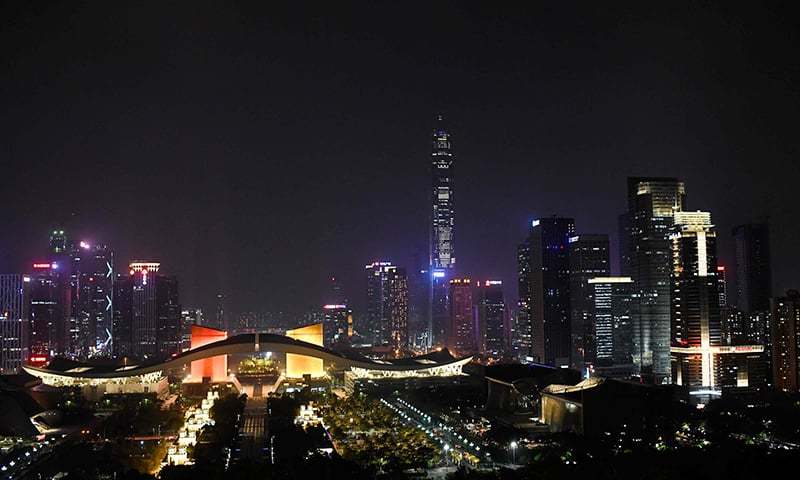Shenzhen, China's reform pioneer, leads tech revolution

The southern city of Shenzhen is the symbol of the transformative reforms launched by China 40 years ago: former fishing villages that morphed into a global manufacturing hub.
Today Shenzhen is again at the heart of a new policy aimed at turning China into a hi-tech innovator and shed its reputation as an assembly line for foreign companies or — worse — an imitator.
Modern skyscrapers housing corporations and ambitious startups tower over the mega-city of 13 million people — among them is Wu Yebin, 35, who runs his own tech firm from his 35th floor office.
His own story mirrors those of countless others who have risen from modest backgrounds following the reforms spearheaded by late paramount leader Deng Xiaoping, which the Communist Party ratified on December 18, 1978.
The son of poor farmers, Wu arrived in the city in 2005 and over the years he assembled devices similar to Apple's iPad or MacBook, joining Shenzhen's army of people making "shanzhai" — creative knock-offs of foreign electronics affordable for local population.
"Germany, the United States, Japan, South Korea ... All developed countries have done this to develop their manufacturing industry," Wu said.
"You have to do that to gain experience."
While this economic model used to be "very popular, it is no longer viable today," he said.
He now leads his own electronics firm, MeegoPad, which boasts an annual turnover of $28 million making products such as miniature PCs.
"We are now very attached to intellectual property and patents," Wu said.alley."
